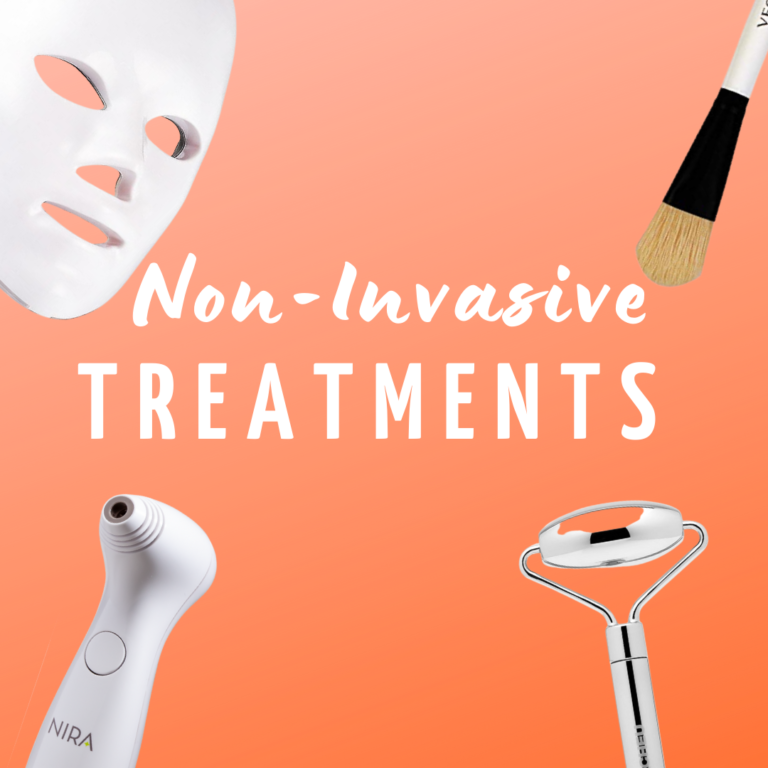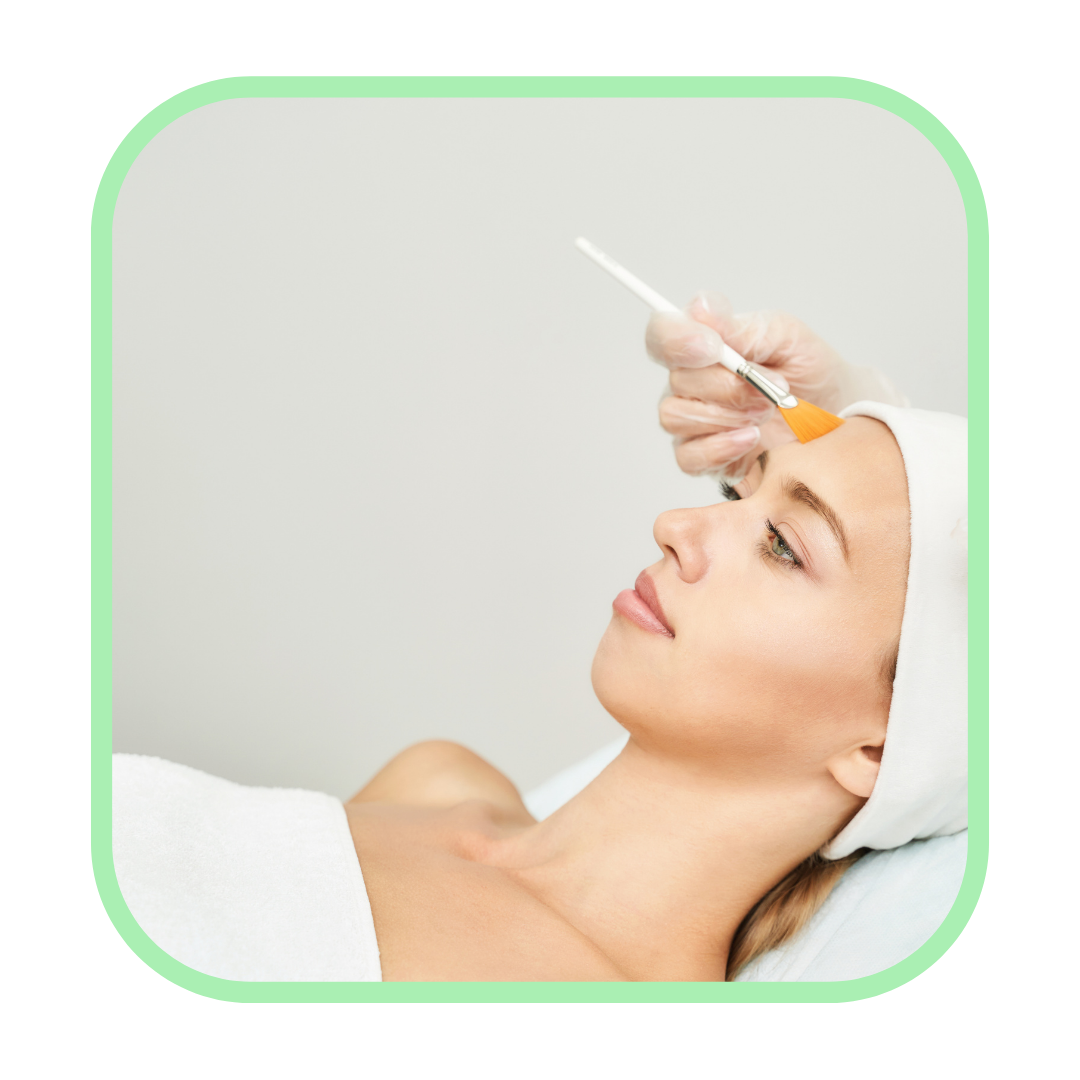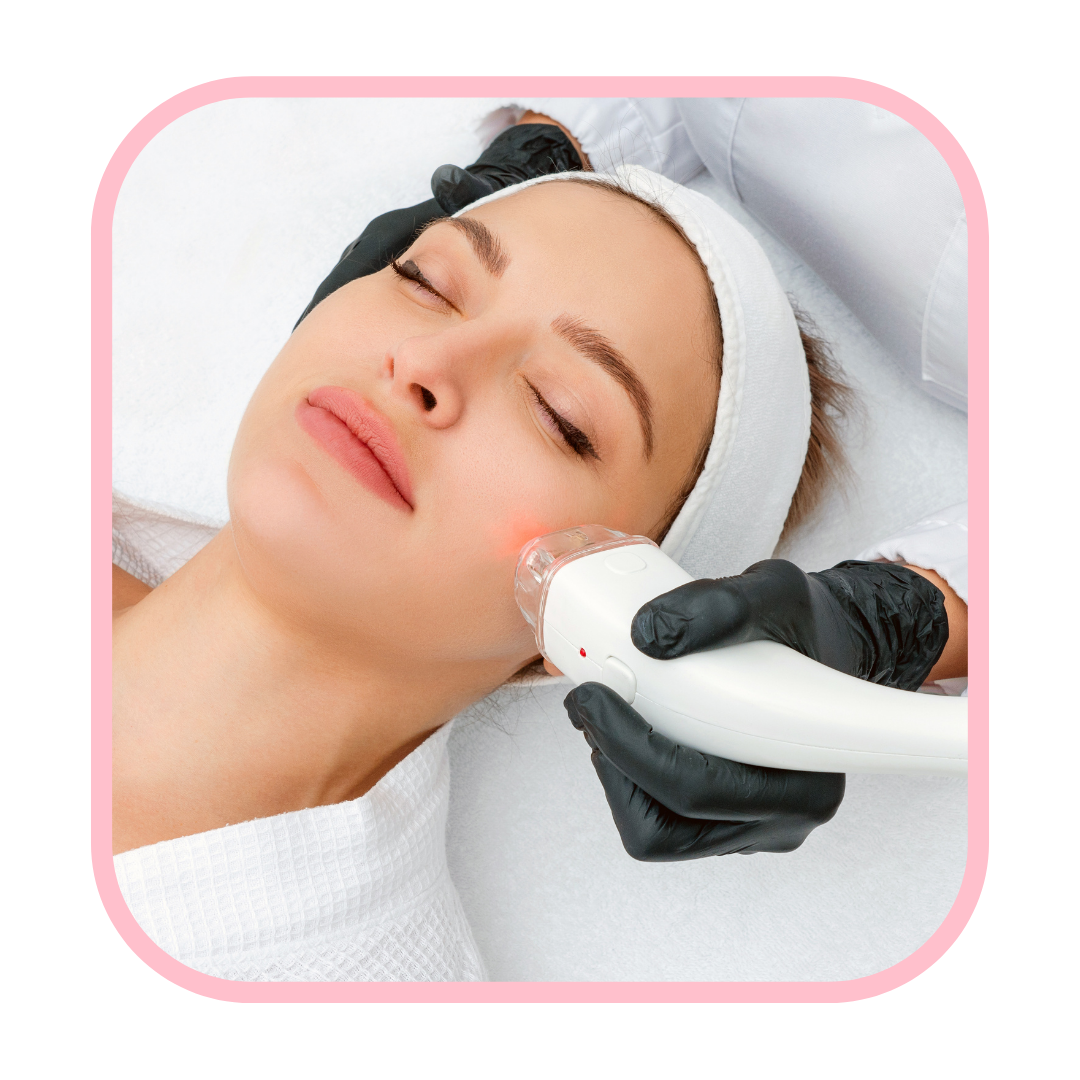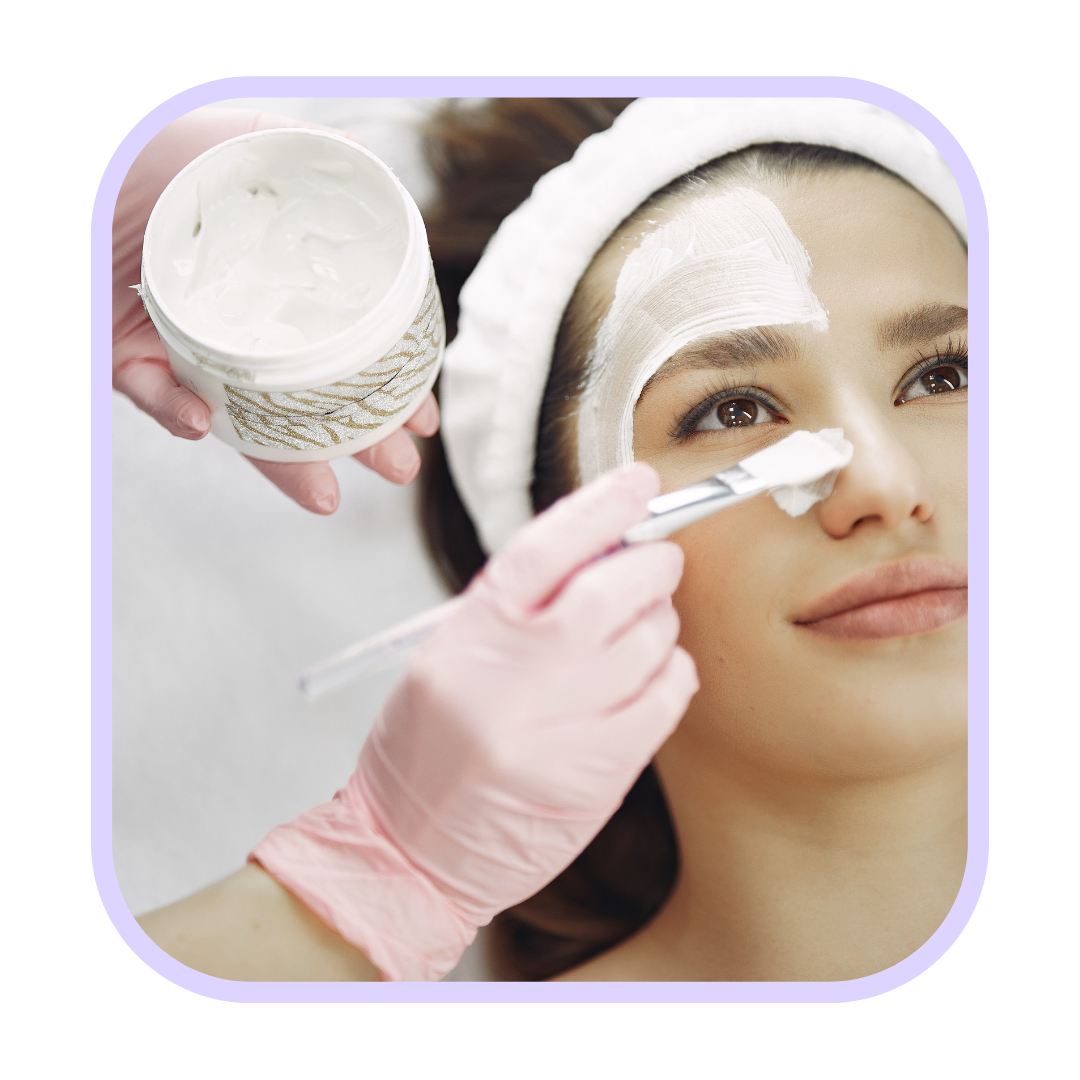As much time and effort we put into caring for our skin, there are various skin concerns best addressed by professional treatments only offered in clinics. Unlike treatments like surgery and botox, these remedies are non-invasive and target the surface of the skin. However, when they involve words like ‘chemical‘ and ‘lasers‘ it can make the procedure seem really daunting. But fear not! Skincare expert Dr. Meg is here to teach you more about the most common treatments and how they are performed – and why they shouldn’t be attempted by non-professionals!
Chemical Peels
Works best for: Wrinkles, pigmentation, and scars.
Possible side effects: Persistent redness, infection, milia, dyspigmentation, textural changes, scarring, and heart, kidney and liver toxicity (associated with phenol).
Chemical peels are exfoliating agents applied to the skin surface, removing the topmost layer where skin is damaged. How is this different from the regular exfoliating products you can buy in stores? These chemicals have higher concentrations which makes them more effective, but also mean they require professional application. A thorough examination by a qualified health provider can determine what type of chemical peel would best suit your skin concern. If you have more than one concern you would like to address, chemical peels can be combined with other cosmetic treatments.
Superficial chemical peels have the most shallow penetration. They work on the epidermis to the upper papillary dermis. They are useful for superficial pigmentation, acne, and sun spots. Examples are alpha hydroxy acids (AHAs), salicylic acid, and trichloroacetic acid (TCA) 10-25%.
Medium depth chemical peels work on the papillary dermis to the upper reticular dermis. They have higher concentrations than superficial chemical peels. Commonly used chemicals are TCA 35-50% and Glycolic acid 70% with TCA 35%.
Deep chemical peels penetrate up the reticular dermis. The chemical regularly used for this treatment is 88% phenol. Use of this chemical means the procedure needs close monitoring during and after the procedure because of risk of toxicity to the heart and kidneys. Professionals do not perform this on darker skin types because of risk of hyperpigmentation and scarring.
Laser Treatments
Works best for: Treatment of vascular lesions, pigmented lesions, hair removal, tattoo removal, melasma, skin resurfacing.
Possible side effects: dyspigmentation, eye damage, milia, redness, infection, scarring, burns.
The goal with laser treatments is to selectively target a specific area of the skin without causing damage to surrounding tissue. Therefore, laser treatments are ideal for treating isolated skin issues. Lasers have different intensity levels, therefore, healthcare professionals are able to determine the correct settings and parameters for each procedure, ensuring you are receiving the right level of treatment as to not cause more damage. Consult a qualified health practitioner to determine which type of laser and how many sessions would it take to address your skin concern.
Facials
Works best for: Amplifying the effects of your regular skincare routine, plugged pores and blackheads.
Possible side effects: Infection or scarring.
Facials consist of multiple steps to complement the skincare routine you already have and improve the appearance of your skin. Facials usually start with cleansing the skin with a gentle cleanser followed by steaming to loosen the sebum. After exfoliating, the practitioner extracts blackheads and whiteheads using a comedone extractor. In order to avoid infection or scarring, leave this to a qualified healthcare professional. The practitioner massages the face using gentle strokes, then adds serums and moisturizers to replenish the skin’s hydration. Facials should not be a replacement for your regular skincare routine consisting of a gentle cleanser, moisturizer and sunscreen. The number of steps will depend on your skin concerns and skin goals so it is best to consult a board-certified dermatologist to see if this procedure would benefit you.
Be Picky
Have you tried any of these non-invasive treatments? We would love to hear your experience! Drop a comment in the Picky app on our post or start your own discussion! The Picky app is the perfect place to make new skincare friends, join a warm community and learn so much about skincare. Don’t forget to follow us on Instagram and check out our YouTube channel for more fun skincare related content. Stay Picky!






















One Response
I really feel this is very useful for me, especially my skin problem which is almost the same as this. I’ve never tried the product but I hope one day I can get one. thank you, this is amazing